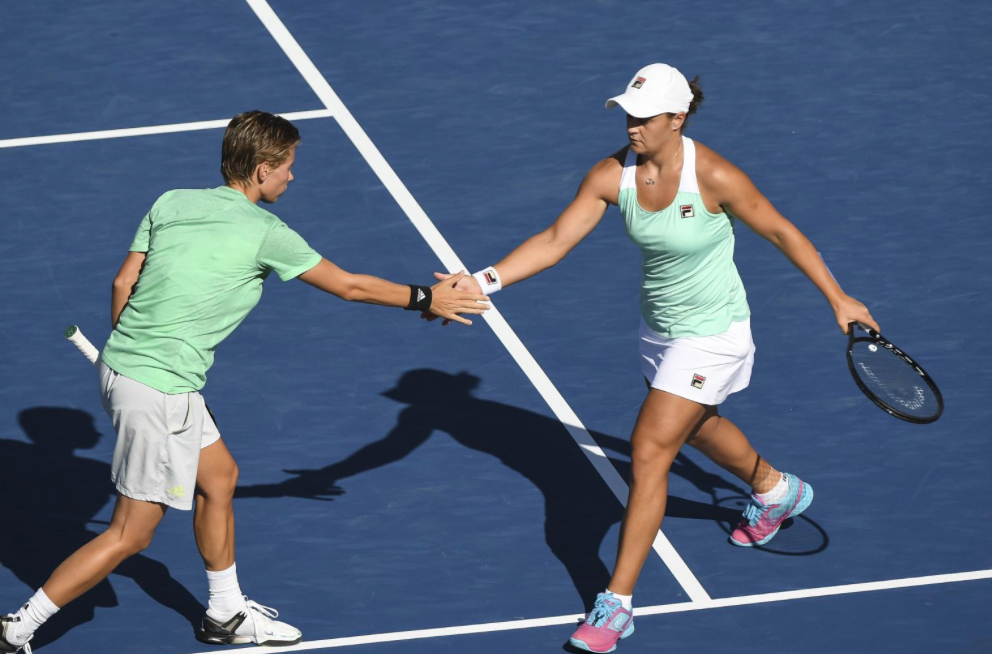One of the biggest obstacles in doubles can be how to deal with your partner being picked on, so what better way to learn strategies to deal with it than getting tips from a 17 time Grand Slam Champion!
By: Gigi Fernandez from http://gigifernandeztennis.com/
You have a weak serve and your opponents are picking on your partner. Or you are simply better than your partner and your opponents keep picking on him or her. How can you help your partner so they don’t get picked on?
If you have a weak serve it can be intimidating for your partner to be at the net and, worse yet, there is almost no chance for them to help you out by poaching. It’s very hard to stay aggressive and look to poach. However, there are things you can do to “help” your partner by minimizing the opportunities that you give your opponents to pick on them. What can you do to help? Here are some options.
- Play Australian – When your team is positioned in the Australian Formation, almost every time the return is going to go cross-court to the server. It also makes the opponent change the direction of the ball, which creates a level of complexity to the shot.
- Planned Poaches – Have planned poaches on the serve. Serve to the middle of the serving box. This cuts off the angle on the shot and gives your partner the best opportunity to intercept the ball. It will likely give you a groundstroke to hit and not a ball struck at the net player.
- Two Back when Serving – If your partner is getting clobbered at the net it’s not an entirely horrible idea to have the net person go back to the baseline and play defense from there. If the server is the better volleyer, they can still serve and volley and play one up one back where the back person is looking to set up the net player for the poach. Since the person getting picked on is now at the baseline, it will be harder for the opponents to pick on them
- Two Back on the Same Side – This is a very unorthodox yet legal formation, where the server (S) and their partner (SP) are both on the baseline, but on the same half of the court. If your partner is getting picked on, they can stand on the same side of the court that you are serving from. In this case, you will definitely be able to hit the next ball and then play from there. Another reason for this formation is when, for example, the server has a better forehand and when serving to the ad court is getting pinned hitting cross-court backhands. He/she would prefer to go to the deuce side and hit forehands. In this case, their partner would stand near the ad side alley while the partner serves and shifts over to the deuce side.
- I-Formation – I don’t recommend this formation on weak serves as it can be very difficult to pop up from the crouch position to hit a ball that is slammed towards you, however, a change of position is sometimes all it takes to disrupt your opponent’s rhythm so it might be worth a try.
Consider that if your partner is getting picked on, it is your job to protect your partner by placing him or her in areas of the court where they are less likely to get picked on. You also want to keep the opponents guessing as to where your partner is going so they can’t easily pick on them.

